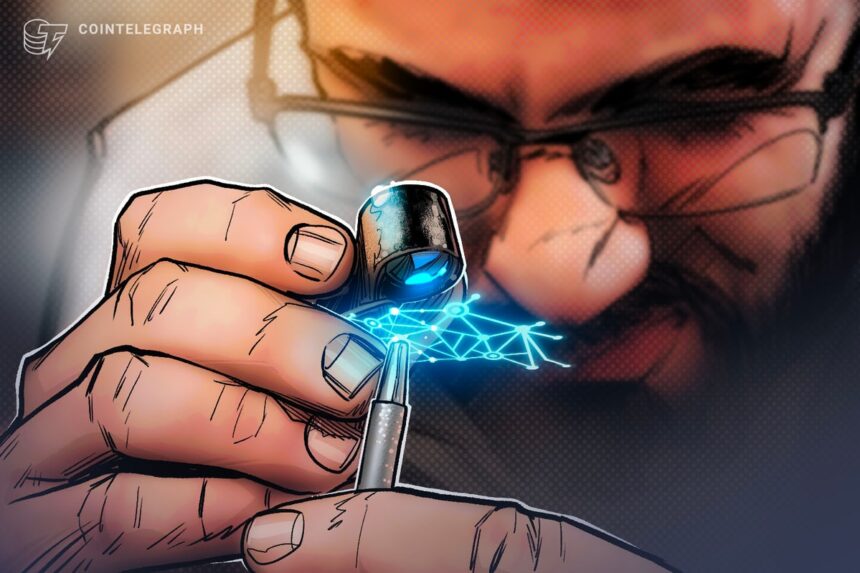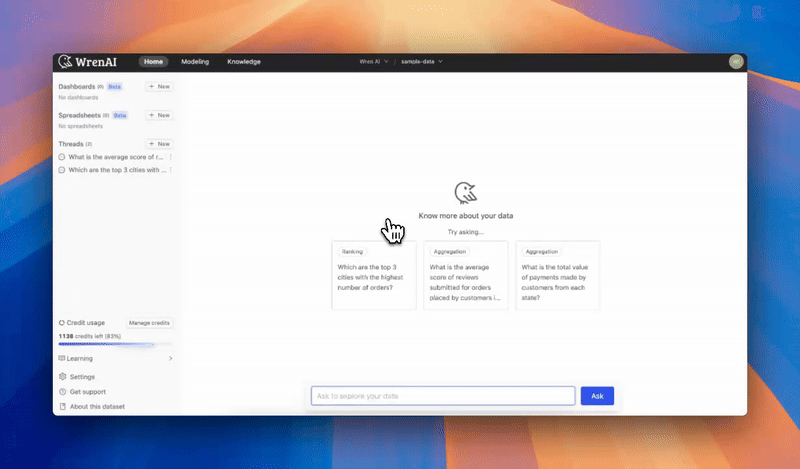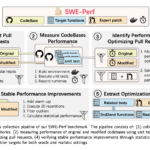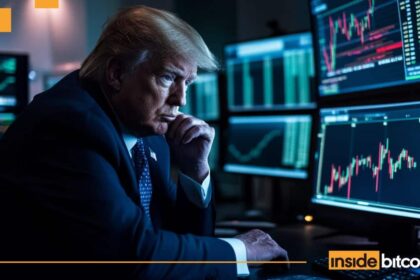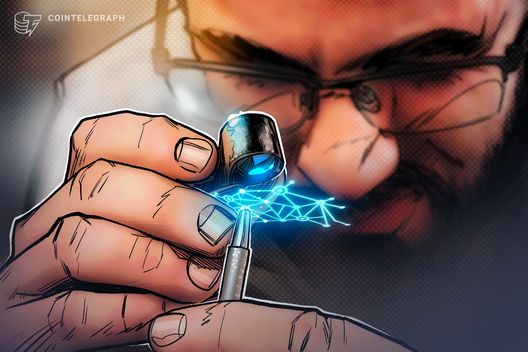
Opinion by: Doug Colkitt, a founding contributor at Fogo
To adhere to its ethos of decentralization above all else, the crypto industry often forgets its core user: the trader. What exists today is an ecosystem that has prioritized philosophical principles instead of practical use cases — something that has simultaneously barred the most serious traders from participating and driven decentralized finance (DeFi) users to more centralized offerings.
If DeFi is set to scale beyond speculation alone — and offer a meaningful alternative to TradFi — then the core focus must be performance.
Enter minimum viable decentralization (MVD). MVD could offer a pragmatic blueprint to preserve censorship resistance without sacrificing the speed, reliability and usability that real markets rely on. Here’s how MVD is evolving in real time.
TradFi is right where DeFi goes wrong
The 1990s marked a historical shift for TradFi. Since the dawn of futures in the 19th century as a new way to hedge wheat and corn prices, these markets have evolved into one of the most liquid financial ecosystems ever.
The end of the 20th century marked a significant leap forward with the decline of manual inefficiencies. Thanks to electronic trading platforms, high-frequency trading (HFT) took the world by storm. TradFi laid the groundwork for technical infrastructure designed to serve its primary users — traders — by underscoring speed, reliability and execution. TradFi has scaled globally and gained institutional trust by giving traders exactly what they need to prosper.
In contrast, DeFi was born due to ideology: It emphasizes decentralization at all costs, permissionless access and censorship resistance. In doing so, it’s inherited performance limitations such as sluggish blocktimes, unpredictable transaction inclusion and fragile finality.
For example, Ethereum’s 12-15 second block times render it unusable for HFT, forcing successful projects like dYdX to migrate entirely from the chain. On top of that, maximal extractable value (MEV) allows validators to front-run or sandwich trades, compromising user trust and execution quality.
These flaws are more than just technical hiccups, which is why DeFi’s foundations can degrade price integrity, create slippage and keep serious traders from participating. Now, even the most popular DeFi protocols struggle to retain power users and drive significant volume, proving that, while ideology is inspirational, infrastructure is what scales.
Traders need infrastructure that works
Even though DeFi was created to ameliorate the problems associated with centralized platforms (intermediaries, long settlement periods and a lack of transparency), traders — especially high-frequency and institutional traders — care about performance above all else. In other words, they want execution measured in milliseconds (not seconds), uptime during volatility and trades that settle quickly, predictably and fairly.
If DeFi wants to compete with TradFi, the decentralized infrastructure must meet new technical standards, such as HFT readiness. This includes sub-100ms block times, one-second finality, high-throughput order books, sub-50ms inclusion latency, enshrined MEV protection and 99.999% uptime.
Related: Our current data infrastructure threatens DeFi’s future
Today, these qualifiers might seem like luxuries, but truthfully, they’re table stakes to the world’s top traders. Therefore, if DeFi wants to become the new global standard for finance, it will have to start prioritizing what traders care about most.
Speed and censorship resistance can coexist
One of Web3’s biggest problems is that it often treats decentralization as a binary. Most builders believe it must be maximized at all costs, or else they’ve sold out. Top-performing systems consider tradeoffs and do not adhere to principles of purity alone. That’s where the minimum viable decentralization (MVD) thesis comes into play.
It argues that protocols can maintain just enough to preserve what sets DeFi apart without sacrificing performance. Censorship resistance and permissionless access are significant at the end of the day. Maintaining these ideals while creating infrastructure that can serve real markets is possible. With MVD, builders can consider the least decentralization possible while guaranteeing trustless execution. From there, they can optimize for what matters most for making trading truly viable, such as latency, finality and throughput.
New chains are leading the way in this shift by balancing user sovereignty with lean validator sets, fast-finality consensus and parallelized execution. This is just a starting point: MVD is still in its early stages, and several builders have the unique opportunity to create infrastructure that is simultaneously open, fair and usable.
MVD raises the standard for DeFi’s next chapter
For DeFi to move past its experimentation phase, it must fully embrace MVD. The demand for speed is apparent: Institutions are buying more digital assets daily, and retail investors are experimenting more and more.
Today, DeFi is evolving rapidly, and derivatives are its fastest-growing sector. Decentralized perpetuals markets are set to process more than $351 trillion by 2031 (growing over 138% year-over-year), rivaling TradFi’s scale. With early momentum from platforms like Hyperliquid and Aevo, it’s becoming even more clear that DeFi has real legs. At the same time, these protocols are still limited by layer-1 dependencies, rollup latency and unpredictable settlement times.
MVD will need to play an even bigger role. Today, DeFi can’t rely on purity alone. It must rely on performance, speed and just enough decentralization to earn its users’ trust.
Opinion by: Doug Colkitt, a founding contributor at Fogo.
This article is for general information purposes and is not intended to be and should not be taken as legal or investment advice. The views, thoughts, and opinions expressed here are the author’s alone and do not necessarily reflect or represent the views and opinions of Cointelegraph.




